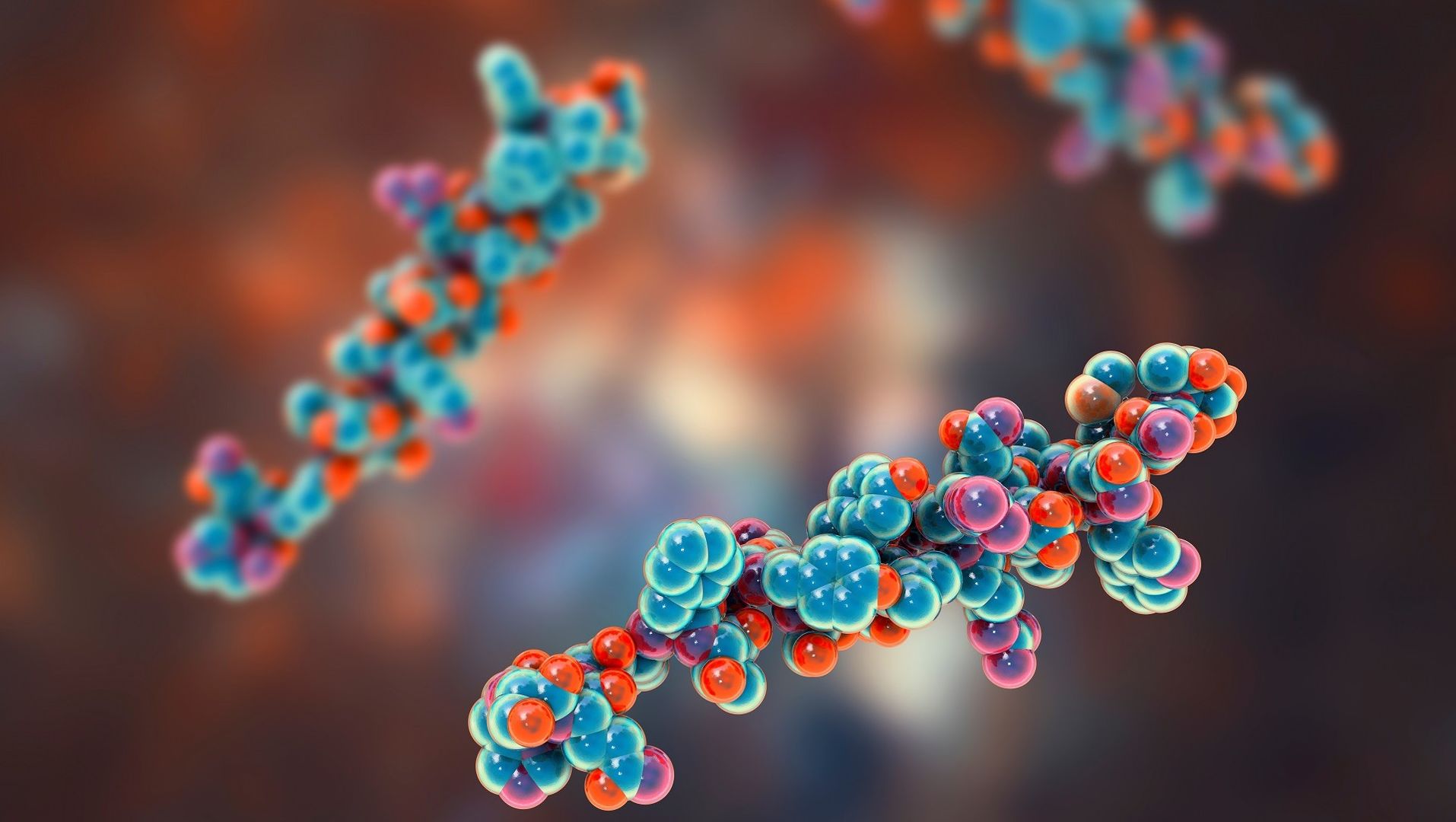Creative Proteomics, a renowned authority in the field of disulfide bond and free cysteine detection. We recognize the pivotal role played by disulfide bonds and free cysteine residues in peptides, influencing their structural integrity, stability, and functional attributes. Our cutting-edge services empower you to accurately and reliably assess the presence and status of these crucial elements, granting you profound insights into the molecular characteristics of peptides and facilitating the development of peptide-based therapies.

Importance of Disulfide Bond/Free Cysteine in Peptides
Disulfide bonds act as guardians of structural integrity and stability, ensuring proper folding, conformational stability, and the attainment of three-dimensional structures critical for their biological activity. On the other hand, free cysteine residues wield the power to impact peptide stability, reactivity, and potential interactions with other molecules. A comprehensive understanding of the presence and status of disulfide bonds and free cysteine residues is indispensable when evaluating the quality, functionality, and potential therapeutic applications of peptides.
How Do We Detect Disulfide Bond/Free Cysteine in Peptides?
We employ state-of-the-art detection methods to accurately analyze the presence and status of disulfide bonds and free cysteine residues in peptides.
- We use MS to accurately determine peptide mass and disulfide connectivity. By analyzing the mass transfer and fragment ions generated by disulfide bond cleavage, we can map the disulfide bond pattern and identify the presence of free cysteine residues.
- Creative Proteomics combines LC technology with UV detection or fluorescence detection for qualitative and quantitative analysis of disulfide bonds and free cysteine residues.
- We can use CD spectroscopy to assess secondary structure and conformational changes induced by disulfide bond formation or reduction.
- By redox titration, we can quantify the amount of reducing agent required to completely reduce the disulfide bonds to determine free cysteine residues.
What Can Our Peptide Disulfide Bond & Free Cysteine Detection Service be Used for?
Peptide Quality Control
Our services assist in assessing the quality and consistency of peptides during manufacturing processes.
We provide valuable insights into peptide folding, stability, and conformational changes induced by disulfide bond formation or reduction.
Peptide Engineering
Our detection methods aid in optimizing and modifying peptides for enhanced stability and functionality.
Drug Development
Accurate assessment of disulfide bonds and free cysteine residues is crucial for the development of peptide-based therapeutics with improved efficacy and safety profiles.
Process Of Our Disulfide Bond / Cysteine Detection Services
Sample Preparation
Peptide samples are carefully prepared, ensuring proper solubility and purity.
Analysis
The selected detection method, such as mass spectrometry or liquid chromatography, is employed to analyze the samples.
Data Interpretation
Our team of experts performs thorough data analysis and interpretation, providing detailed reports on disulfide bond connectivity, free cysteine residues, and overall peptide characteristics.
Creative Proteomics offers a comprehensive and advanced approach to assess the presence and status of disulfide bonds and free cysteine residues in peptides. We aim to support researchers, pharmaceutical companies, and biotechnology firms in their pursuit of developing high-quality peptide-based therapeutics. Our team of experts is dedicated to delivering accurate and reliable results, enabling you to make informed decisions in your peptide-related projects. Please do not hesitate to contact us for further information or to discuss how our services can benefit your specific needs.
* For research use only. Not for use in diagnostic procedures!
Our customer service representatives are available 24 hours a day, 7 days a week.



